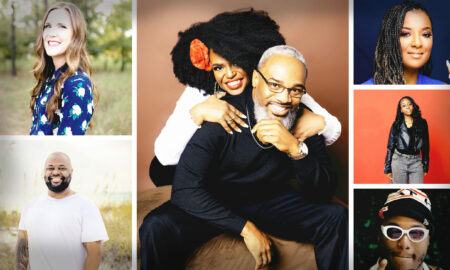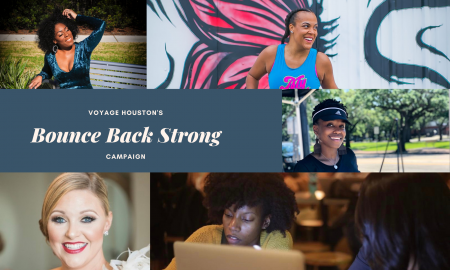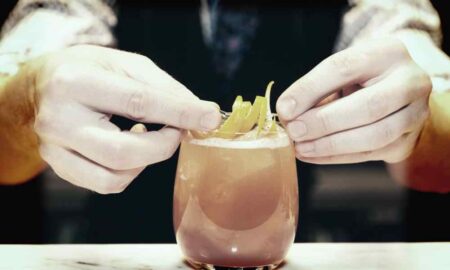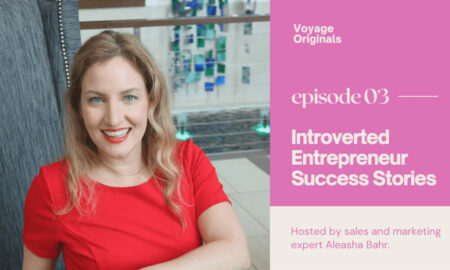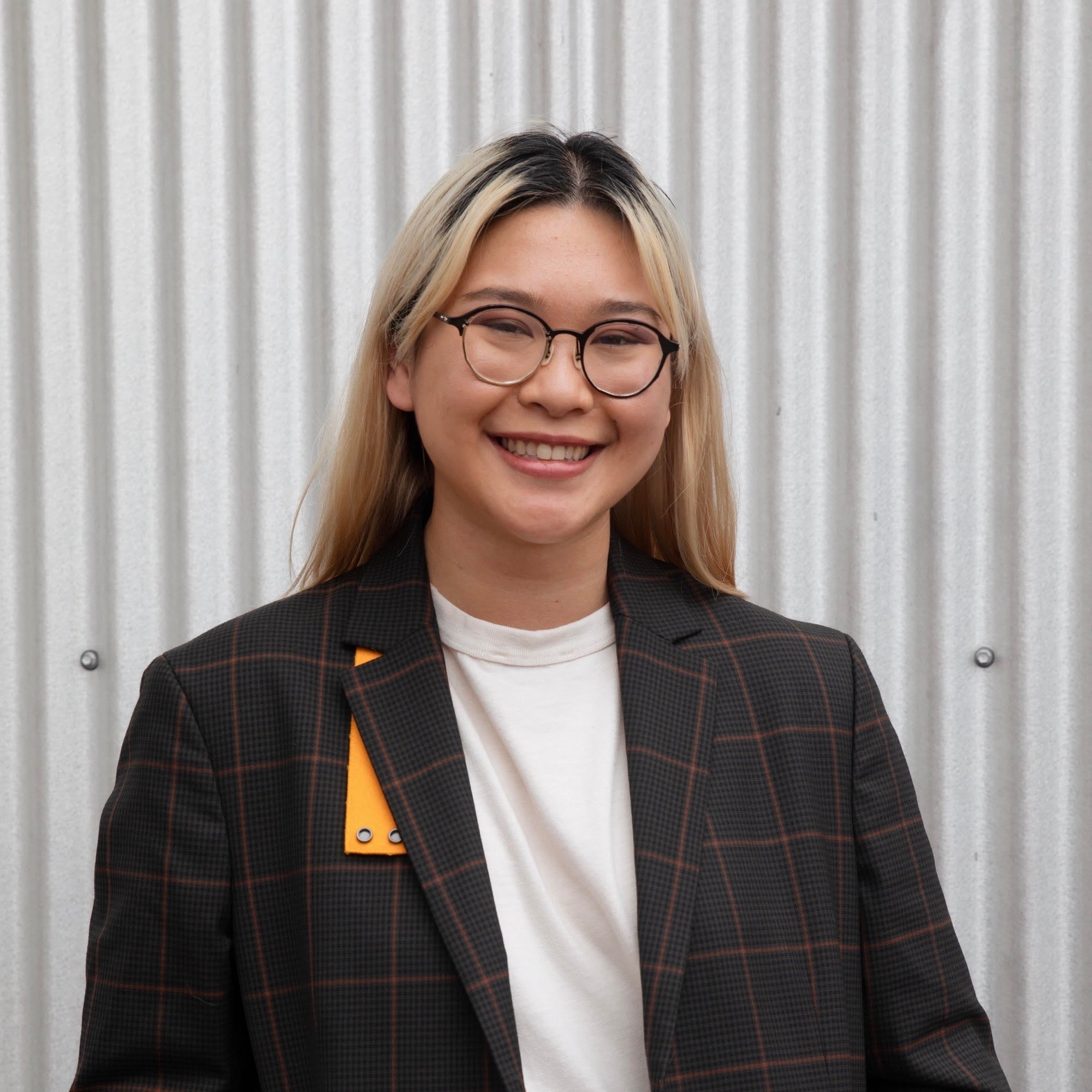 Today, we’d like to introduce you to Zhaira Costiniano.
Today, we’d like to introduce you to Zhaira Costiniano.
Zhaira, we appreciate you taking the time to share your story with us today. Where does your story begin?
In 2001, the Dallas Museum of Art showcased a two-person exhibition featuring works by Felix Gonzalez-Torres and Joseph Beuys. I was five at the time, and it was my first memory of experiencing art. What a gift it was to interact with Gonzalez-Torres’s pieces as a child, simply as candy and nothing else, and to grow up and understand the true depth of the work.
Twelve years and many visits later, I found myself in front of a Cindy Sherman photograph, thinking, how exactly do museums function? Through that inquisition, I learned about curating as a career. My high school offered a program called Independent Study and Mentorship for juniors and seniors to explore a career they were interested in before committing to a college declaring a major. I took the opportunity to learn more about curating, which, at the time, I still knew so little about.
The program consisted of conducting research on the career of choice, cold-calling professionals in the field to interview them about what they do, learning and building business etiquette, obtaining a mentorship with a professional in the field, and culminating in a final project.
So, as a senior in high school, I interviewed probably ten or so curators in Dallas, varying in organization type and size, with the last one being with a curator at the Dallas Museum of Art, who, full-circle moment, curated the Cindy Sherman exhibit which sparked my interest in curating in the first place. When it was time for me to pick a mentor, he was gracious enough to accept the role, the first of many moments of generosity that have shaped my career. For the final project, I curated my first exhibition, a group show of young photographers.
Through that program, I graduated high school with a strong network and a degree of fearlessness to ask for and create my own opportunities. My college experience was sprinkled with interning at an art gallery and participating in a variety of school-sanctioned arts organizations. When that wasn’t fulfilling enough, I started a non-profit, ARThaus, as a means to build community and create equitable opportunities within the Denton arts scene.
Post-college (and amid a global pandemic), it took some time to figure out how and where I wanted to plant the roots of my career, working as the assistant director at the gallery where I interned and then moving across the country to work for a public art organization, before realizing what I truly wanted to do was continue the work I was doing at ARThaus.
That’s where Art League Houston, an arts organization with a rich history of building not just for the community but with the community, comes into play. With very similar values as ARThaus and a 75-year track record of being a community staple, I jumped on the opportunity to join the organization and mission. I’ve been here for a year and some change now, and I absolutely love it!
Alright, so let’s dig a little deeper into the story – has it been an easy path overall, and if not, what were the challenges you’ve had to overcome?
The arts are notoriously and historically white spaces, so as a Filipino immigrant, it took a very long time before I saw pieces of myself in curators or the work being curated. I’ll be honest: I deal with imposter syndrome regularly in part because of the lack of diversity the arts still face. Not to say there haven’t been major strides to combat the issue, but it’s still very much a problem that plagues the arts.
I also became uninterested in my undergraduate education, with the courses being covered being heavily Eurocentric, and when global courses were being taught, professors would share incredibly insulting and false information such as, “The Spanish colonization of Central and South America wasn’t nearly as bad as what was going on in Europe at the time.”
Experiences like this make me hesitant to pursue a graduate degree, and I have found myself leaning on alternative methods of education as a means to grow.
Thanks for sharing that. So, maybe next you can tell us a bit more about your work?
If you are unfamiliar with the organization, Art League Houston was founded in 1948 and has radically evolved beyond the parameters of traditional art leagues. While keeping the core of the Art League model – a robust membership deeply committed to the value of visual art in contemporary life – Art League Houston embraces contemporary approaches related to art and culture to curatorial programming, community-building, art educational activities, and outreach to under-resourced communities.
I have so much gratitude and appreciation for my role as the Curator and Exhibition Manager since it’s rare for an organization to have the opportunity to work with artists at varying points in their careers. For instance, the current round of exhibitions features Jack Morillo’s first solo exhibition, and the next round of exhibitions highlights the work of Beili Liu as the 2024 Texas Artist of the Year and Kathy Vargas as the recipient of the 2024 Lifetime Achievement Award in the Visual Arts.
As an organization, we aim to center the artist in the work that we do, so my main role as a curator is to figure out what an artist needs and how I can support them. Who is the artist, and what is their practice? What is their vision for the exhibition? How do they want the audience to interpret it? What is realistic, and what is not? What are the points of connection with the community? And so on.
As I mentioned before, Art League believes in creating programming not just for the community but with the community as well, so about 50% of our exhibitions are curated through an open call process, where I sit with our Artist Advisory Board to curate a set amount of exhibitions each year. This decentralization of the curatorial role, while unusual, helps me and the organization to ensure that there is community buy-in in the work that we do.
In addition to exhibitions, I also work on one to two publications each year, which are tied to our annual awards. These publications are extremely fulfilling to work on since they are often an artist’s first publication and a tangible means to document and archive Texas contemporary art history. I also head the seasonal block parties that are hosted at the end of each exhibition round.
Outside of Art League, my independent curatorial practice is centered around the complex dynamics that shape identity and the throughlines that connect individuals, places, and stories.
Networking and finding a mentor can have a positive impact on one’s life and career. Any advice?
My career has been a culmination of generosity from others, many of whom I consider to be mentors.
While I was actively seeking out my first one, everyone else came naturally through asking questions and doing sincere work. As I showed interest in their careers, they became interested in mine. Without their knowledge-sharing and advocacy for me, I doubt I would be where I am at in my career today.
I had no prior connections in the arts until I was tasked in that high school program to cold-call folks in the field. What a game-changer! That experience showed me the agency of youth and how willing people were to help.
Contact Info:
- Website: artleaguehouston.org
- Instagram: @artleaguehouston
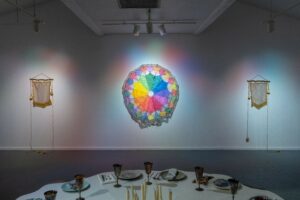
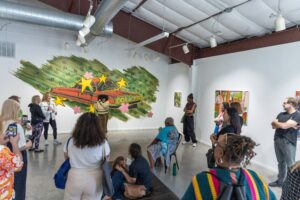

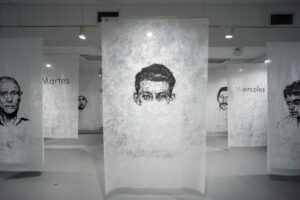 Image Credits
Image Credits
Karo Cantú, PC Alex Barber, and Art League Houston

